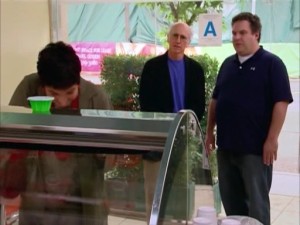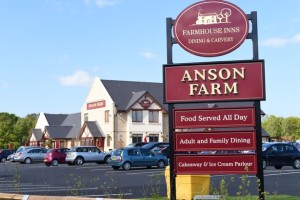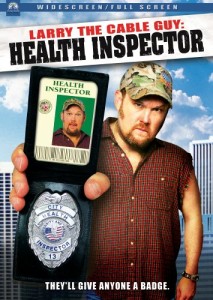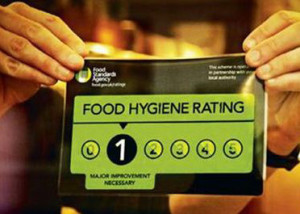A few weeks ago, NBC Los Angeles released an interactive map with confirmed food poisoning cases in L.A. county over the last 18 months. The map was published as a public service, so consumers know which restaurants to possibly avoid. But does this information really help consumers avoid food poisoning?
 “I don’t think it’s very useful as a tool of where you’re going to have foodborne illness,” said Angelo Bellamo, the Director of Environmental Health for L.A. County.
“I don’t think it’s very useful as a tool of where you’re going to have foodborne illness,” said Angelo Bellamo, the Director of Environmental Health for L.A. County.
“We’re only able to associate 25 cases each year [in L.A.] where we’ve had an outbreak that is more than a couple of people, and we’re able to verify the restaurant,” Bellamo said. “This is a big problem. It’s really under-reported, and our methods for actually determining whether or not restaurants are causing foodborne illnesses aren’t perfected yet. They’re nowhere near being perfected.”
The issue of concern is the collection of data. Right now, tips of potential contamination are collected through complaints people send to the office. Unfortunately, the information is few and far between. (Seriously, when was the last time you even considered calling the department after a particularly queasy meal?) So, rather than waiting for tips to hit their desks, officials are looking for ways to obtain it themselves.
“The use of social media is vital,” Bellamo said. He mentions a recent investigation where an investigator logged onto Yelp and found a number of complaints directed at a facility. The investigator contacted the reviewers and built the case from there. This is one way of using social media to further investigations, but also a strategy that’s far from perfected. “A lot of information in social media is not very useful, some is not credible, but there are nuggets in there,” Bellamo said. “If we found a way to selectively screen certain words or certain locations, there could be some real value there.” (Other cities have already begun using Twitter to identify outbreaks, which Bellamo believes will soon be part of L.A.’s efforts as well.)
One thing consumers shouldn’t do is simply trust the grade letter on the front window.
“It represents a snapshot in time,” Bellamo said. “That letter grade reflects the last inspection, which took place over the course of a couple of hours. You can’t look at just the letter grade.” Bellamo wants to change the current system, so that instead of simply showing how the last inspection went, to make it include an average of the last six inspections. “Good and bad days can happen to the best and poorest of restaurants,” he said. “An average score would be a lot more indicative of how that restaurant actually operates.”









